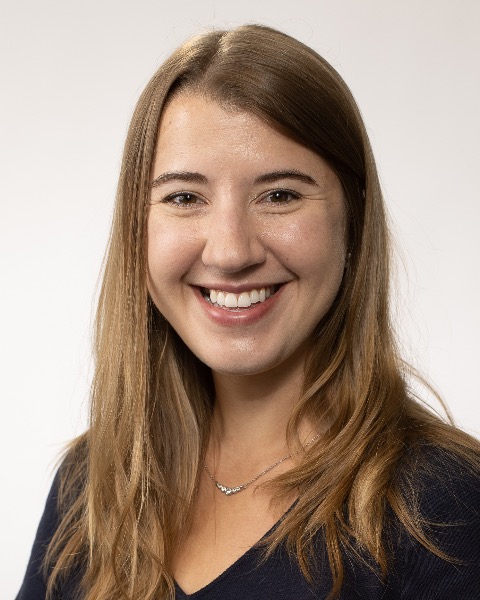Medical Education
Session: Medical Education 9
505 - Neonatal Circumcision Simulation Using a 3D Printed Model: Aiming for Exposure
Monday, May 6, 2024
9:30 AM - 11:30 AM ET
Poster Number: 505
Publication Number: 505.3292
Publication Number: 505.3292

Jennifer Springer, MD (she/her/hers)
Resident Physician
Nationwide Children's Hospital
Columbus, Ohio, United States
Presenting Author(s)
Background: The majority of males in the United States undergo neonatal circumcision. Exposing residents to this procedure with an end-goal of acquiring surface-level skills may be a desirable alternative to current competency expectations. Simulation training is an effective method for acquiring procedural skills and trialing of innovation.
Objective: To describe outcomes of a circumcision simulation session designed for a large pediatric residency program using 3D printed models with an end-goal of exposing trainees to surface-level procedural skills.
Design/Methods: Session objectives were for participants to demonstrate steps of neonatal circumcision via Gomco clamp, self-identify steps more technically challenging to perform, and improve confidence. Participants were provided a pre-simulation 6-minute video demonstrating steps of the procedure. During the 30-minute live session, 3D printed models of a neonatal penis sheathed in a water balloon with a cut opening to simulate the foreskin and urethral meatus were stationed for six participants at a time. Gomco clamp kits and a 15-step checklist were provided at each station. Facilitators experienced in circumcision demonstrated as participants followed along step-by-step. Two-way, real-time feedback was solicited. An optional survey provided anonymous feedback. Descriptive statistics were used for analysis.
Results: Final participants included 53 interns. Survey completion rate was 71.7%. Overall, the simulation session rated a mean 4.87 on a 5-point Likert scale. When asked to answer “yes or no,” respondents unanimously reported that the session allowed identification of steps for targeted improvement, was helpful to experience prior to performing a circumcision on a newborn patient, and improved confidence. Additional survey findings are summarized in Figure 1. Procedure steps with respondents identifying if it was most challenging are in Table 1.
Conclusion(s): A neonatal circumcision simulation session using 3D printed models with a large intern class was successfully carried out. Within 30-minute sessions, surface-level procedural skills were demonstrated, steps for targeted improvement were self-identified and confidence improved. Our session allowed exposure to a procedure not required for residency training though performed by specialties beyond pediatrics, yielding broad application. Limitations included lack of anesthesia, the use of fragile balloons, and generalizability to providers who use devices other than Gomco clamps. Next steps are to assess perception of in vivo performance between trainees with prior simulation practice from those without.
PAS Figure 1.001.jpeg
Table 1.jpeg
